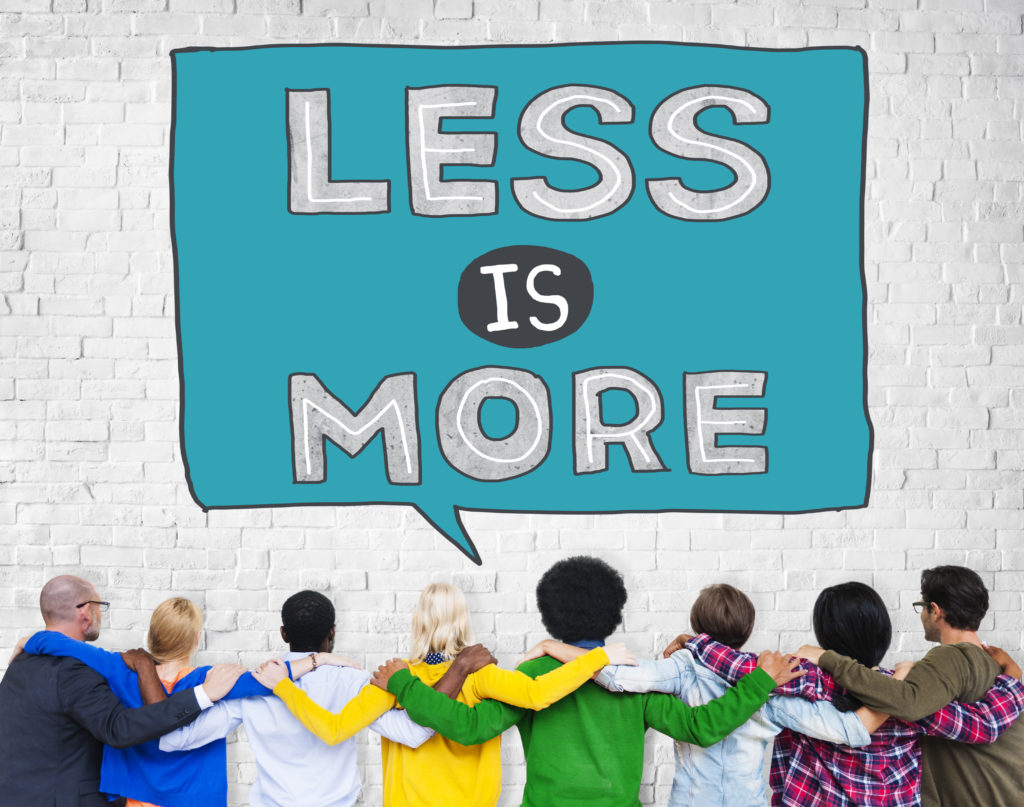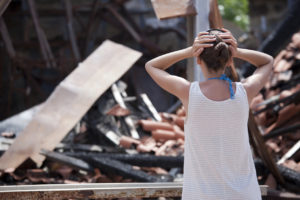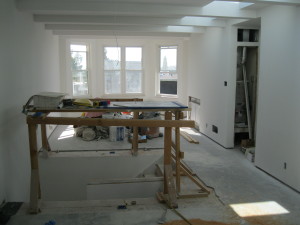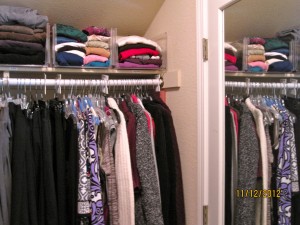This year, why not give your Mom what she really wants for Mother’s day.
More time to spend with her family, and less time to feel overwhelmed by her clutter, especially all that paper!
Here’s what you can do: Suggest to Mom that you’d like to give her the gift of organization so she can feel more in control of her life and less stressed by all the paper clutter in her home. You can help her yourself or better yet, hire a Certified Professional Organizer, who can quickly identify and sort all it all. Once sorted, you can purge what’s no longer needed and contain what’s left either in labeled paper or digital files according to your mother’s preference and ability.
If you decide to do this yourself, make it a time not just to plow through those piles but also to share the memories with Mom. Whatever you do though, don’t chastise Mom for keeping everything. No one was born with an “organizing gene” and the rules around paper have changed considerably since she was young, especially now that we are in a digital age though she may not be.
Most of what we keep, as much as 80% according to several studies, we never refer to again. Old bills, especially utility bills, make up the bulk of what I’ve seen the most of when helping my clients tame their paper piles.
I’ve seen floors literally buckle under the weight of boxes upon boxes of retained paper.
Even if all the paper in these boxes were accidentally tossed the chances of needing anything in them is statistically small. That being said, there is always a chance that those boxes contain confidential information so to protect your Mom’s identity I recommend you arrange to have it picked up by a residential document destruction company in your area.
Shredding these papers protects your Mom from others using her confidential information fraudulently. If you chose to to this yourself, be especially mindful when you are tossing documents containing the following:
- Social Security Number (in full)
- Credit Card Account Number (in full)
- Driver’s License Number (in full)
- Medical Record Number (in full)
- Account Number (in full)
In recent years the practice of including full account numbers has changed to protect individual identities but that has not always been the case. If your Mom has kept documents for more than 10-15 years, it’s possible some contain this type of confidential information. Note however, documents that contain just a name, address and phone number are part of public record (remember old phone books?) and nothing can be done with this information alone so it’s safe to recycle these.
To get started, you will need a cardboard or plastic box labeled “SHRED” to contain documents for destruction. You will also need a supply of paper bags or boxes labeled “RECYCLE” and a smaller receptacle for “TRASH” such as the plastic that contains magazines and other junk mail. Lastly, you will also need a work surface. If table space is scarce, use a folding table or large ironing board if available. Use a “sharpie” for labeling if needed.
These record retention and destruction recommendations are general best practices and not intended to replace the advice for you or your Mother’s specific situation, especially if she is ill, disabled, or in dispute with the IRS. In these cases, consult with your tax preparer or another legal professional.
SORT
To get you started, start with whatever loose paper is most visible on surfaces, tables, desks or the floor. Open all mail and sort all items, including individual files and documents into the following 5 categories:
- Financial
- Medical
- Legal
- Home
- Personal
Financial includes: old and unpaid bills, store receipts paid in cash (if you are tracking your mother’s cash expenditures), bank statements, investment statements, tax returns, pension documents, social security information
Medical includes: Medical history, prescription records, explanations of benefits, prescription receipts, and health insurance and/or Medicare documents specific to your Mom
Legal includes: Life insurance policies, veteran records, estate planning documents such as wills, trusts, power of attorney, health proxies or living wills, birth, adoption, marriage and death certificates
Home includes: Property insurance records such as home and auto, mortgage records including records of satisfied mortgages, appliance warrenties
Personal includes: Educational and work history, cards, letters and other correspondence, general reference such as “project” or “idea” files. Binders that contain old training material, photographs, professional or published papers written or contributed to by your Mom and anything of a personal nature that could not be replaced if lost.
PURGE
As you do this you can toss the following: empty mailing envelopes, obvious junk mail, expired coupons, store receipts paid by by credit or debit card and old user guides or warranty information for products or appliances no longer owned. Keeping a focus on sorting will make purging later go that much faster.
Next purge (shred or recycle) the following from each of the five piles:
- Financial: Old paid bills, store receipts for low value items, checks from closed accounts, investment statements except current month or quarter, tax returns from more than seven years ago. ATM receipts – unless tracking cash withdrawals
- Medical: Outdated medical information, explanations of benefits, receipts for prescriptions paid by insurance, any documents not specific to your Mom such as marketing and general information
- Legal: Cancelled life insurance policies, cancelled or expired contracts
- Home: Cancelled insurance policies, repair records for cars no longer owned, mortgage bills already paid, any reference material not referred to in over a year or that can easily be found elsewhere or online. Anything printed off the internet.
- Personal: Any personal reference material that has not been referred to in over a year (such as old recipes, remodel ideas, maps, wellness or hobby information, old magazines, binders containing old training material, greeting cards signed by unknown people, out-dated resumes, any document that can be easily found online. Children’s school records and drawings if not displayed. Take a digital photo instead. Personal papers such as these will most likely take up the bulk of your Mom’s paper files.
KEEP and CONTAIN (either file or scan)
Use this as a guide for setting up your paper or or electronic file system
FINANCIAL RECORDS
- Tax returns and current tax information including receipts used for deductions for future tax returns
- Bank statements and investment statements by account name and last 4 digits of account number – most recent three months unless your Mom will be applying for assistance under Medicaid or MediCal. In this case she will need the last 5 years of bank statements.
- Credit card statements by account name and last 4 digits of account number – last three months only
- Life insurance by policy name – keep while active
- Social security account information
- Pension documents
MEDICAL RECORDS
- Records of health history, prescriptions taken and major conditions
- Lists of physicians, specialists and other providers seen or consulted with
- Insurance/Medicare/MediCaid account information
LEGAL RECORDS
- Estate planning documents (birth, adoption, marriage, death certificates)
- Heath proxies, power of attorney documents
- Veteran records
- Records of satisfied contracts or any current contracts
HOME RECORDS
- Mortgage documents for current home
- Records of recently paid household bills (less than one year) – if possible, set up auto pay and have bills issued paperlessly via email.
- Records of property insurance (home, auto, other assets)
- Warranties, appraisals or certificates for high value items (value greater than $100 per pound)
PERSONAL RECORDS
- School transcripts/Official records such as diplomas
- Records of work history (most current)
- Cards, letters and other correspondence if it has historical or resale value (emotional value is optional)
- Professional, written or published work if it has historic importance to the general public or a particular industry for archiving purposes
- Anything that could not be easily replaced with strong emotional value
TO-DO or ACTION Paper
Finally, identify any documents that require some kind of ACTION or to-dos that your mother feels are worth her time such as bills to be paid, forms to be filled out, greeting cards to be mailed, or items she wants to discuss with another professional. Put these items in a separate mail sorter on her desk or workspace, keeping the bills separate from everything else. Don’t put anything here that needs to be filed or contained. Any retained magazines should be placed where your Mom likes to read them. Once she is done with these items they can be filed, contained or tossed as needed.
After you spend a few hours helping her, then take her out for lunch or dinner so you can both relax and enjoy some quality time together, knowing that you’ve made some room in your lives for what matters most.











